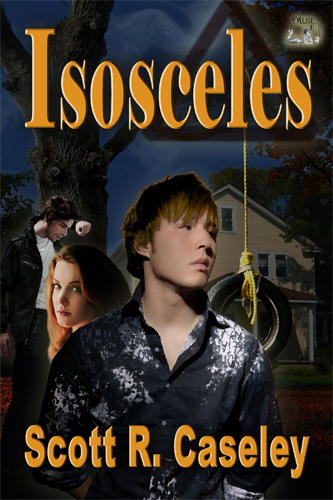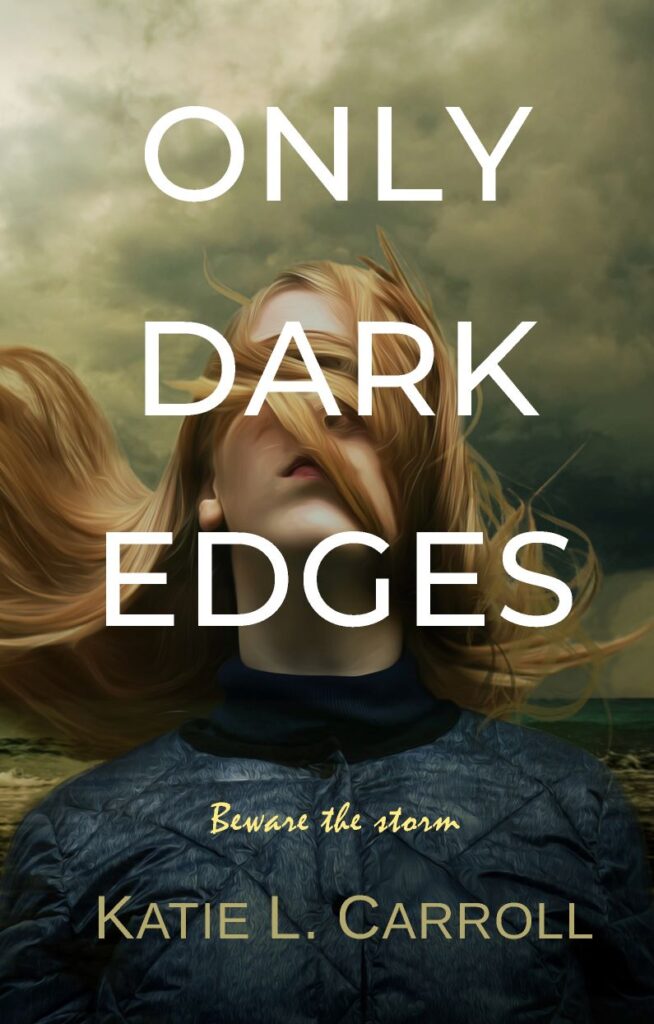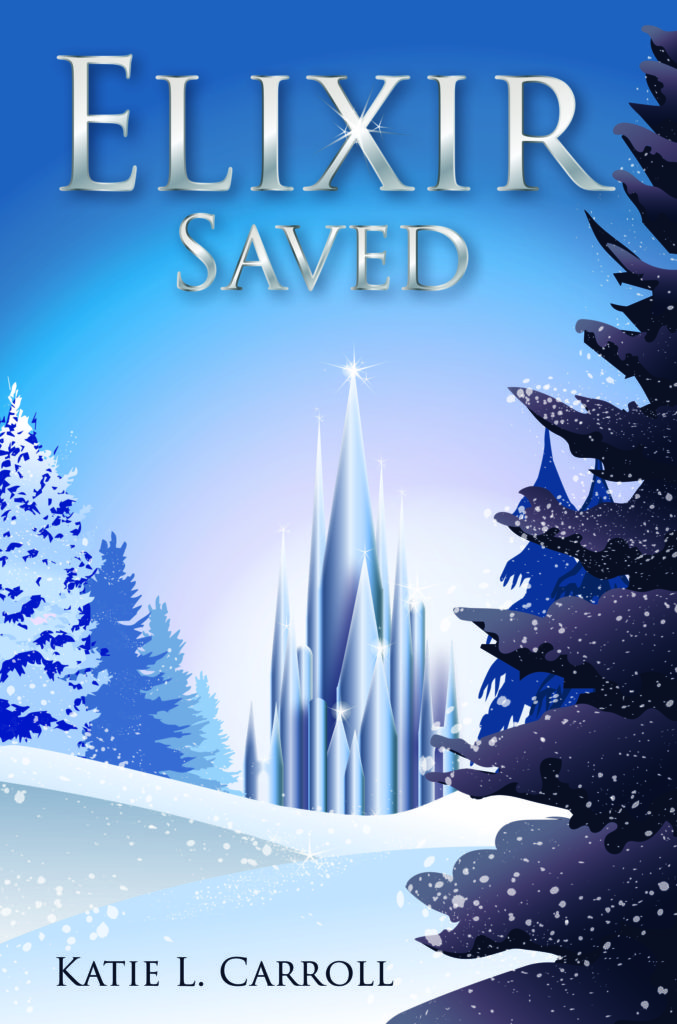A special treat today as another male author weighs in on the Females in YA series on the blog. Returning guest poster Scott R. Caseley, author of the YA mystery Isosceles, discusses the voices in his head (c’mon, writers, you all know we have ’em!). Welcome back, Scott!
 “Following A Female Voice”
“Following A Female Voice”
Written by Scott R. Caseley
When going on a road trip, a GPS device sits on my windshield directing me how to get to the destination. I imagine that this faceless individual is a person that’s been there before and knows how to lead the way. This has a direct correlation to all the great stories that have been or have yet to be written. Choosing the right voice to tell the story is key. The difference between GPS technology and literature is, you have a set number of voices to choose from on the former.
Thankfully, when writing a book, you can select from a limitless amount of voices to guide your story along. In my own experience, I don’t know right off the bat whether it will be told from a male or female point of view, I just end up going with whichever character not gender will serve the plot best. No matter which person ends up being the voice telling the story, including as narrator in some cases, I always aspire to make them complex, flawed, and as human as possible.
For my novel, Isosceles, there were three main characters to choose from; Sean, Madeline, and Trey. I thought of Trey and Madeline as being strong-willed individuals who had judgments on everything who wanted to tell me this story about him dying and what affect it had on her and their mutual best friend Sean’s life. However, as quickly as I thought of using them, I discarded the idea. With her opinionated personality I decided she would be too much in everyone’s way including her own to tell the story the way I felt would be best. Additionally, I decided I didn’t want to end the story with his death, as would certainly be the course of action I would take if Trey were narrating. I ultimately chose to tell it from Sean’s point of view, because I felt that the story needed to have a more observational bent to it to make it most objective.
However, Madeline’s voice lingered on my mind during the whole writing process as determined women have always been a joy to create, as I have known many of them in my life and stories featuring them like The Girl With The Dragon Tattoo and Bridge To Terabithia are favorites of mine. Though, I also know a number of shy women who like to hide out in the background and rather enjoy some famous shy female characters too. Still, when I create my female characters, I’m not basing any of them exclusively on the real and fictitious women on my mind who have either trait. If I based something on someone entirely, it would not serve the story, unless the story was just about that particular person. I find creating hybrids between real and imagined much more fascinating for the stories I have already done.
Moreover, no character in any of my stories has been based on people solely of their gender. I find traits most interesting when they can be found in both sexes. Taking a character off the stereotypical path of being a guy, or being a gal, is a bit like choosing an alternate route on your GPS. You’ll still get where you want to at the end, but what you’ll experience or see along the way may be much more interesting then just sticking to the main roads, or the most common routes you feel everyone has gone down before.
Madeline, my aforementioned character in Isosceles is in love with Trey, and friends with Sean, but she’s got a lot more to her than that. She doesn’t aspire to be popular in school, and prefers to do her own thing. She’d much rather be a ‘floater’ in all the cliques and help those in need, counsel them, etc. She also lives life on her own terms, and doesn’t wait around for a guy to lead her on her way, she just goes forward and takes the chances. She excels in school and even graduates valedictorian. With all these strengths, she does have her share of weaknesses. I’ll let you read the book to decide for yourself what you think they are.
For all my efforts, I had critics who lauded and others who loathed her. This inspired me to want to tell a future story at least in part from a female point of view. I feel confidence in the ‘voice’ I gave Madeline, and will give my readers more female options to choose from on the next journeys my pen takes them on. Who knows maybe someone with her traits may be the narrator sometime. All I ask of you, my readers is to not be alarmed when the route takes you off the main road, just sit back and enjoy the ride, because if I do my job right, my female characters will always bring you to the proper destination.
Isosceles blurb:
When he finds his best friend Trey Goodsby dead and almost completely submerged in a bathtub filled with bloody water, Sean McIntyre is determined to find out if it was an accident or suicide. If it was suicide, why did he do it? And, did his death accidental or intentional have anything to do with Madeline Edwards, the woman who came between them constantly through their thirteen-year friendship? Isosceles, a coming-of-age mystery romance begins with the death of Trey Goodsby, and explores his relationships with family, friends, his romances, and which of the circumstances he found himself in that led to the tragic event, and the repercussions for those he left behind.
Isosceles can be purchased at the MuseItUp bookstore, Amazon.com, Amazon UK, Bookstrand, Coffee Time Romance, and other ebook retailers.
About the Author:
Scott R. Caseley was born in Nashua, New Hampshire. He gained an interest in writing in elementary school in nearby Hudson. Growing up, he carried a small notebook or pen on family trips making observations and frequently turned them into poems or short stories. While attending Franklin Pierce University, he co-wrote and co-directed a student film. After graduating, he wrote and directed a dramatic feature, co-wrote and directed a documentary and conducted interviews for an online magazine. He’s also passionate about acting, and he’s enjoyed performing on stage, in bit parts on film, and is also a trained voice actor. In addition to his creative pursuits, he is passionate about healthy living. He follows a fitness regimen consisting of several activities such as; weight training, walking, swimming, yoga, and Zumba. He complements this by cooking several nutritious examples of international and American cuisine. Last, but certainly not least he also enjoys just spending time with family and friends until the early morning hours with plenty of laughter and coffee. You can find more about Scott on Facebook, Twitter (@scottrcaseley), Amazon, and his website.






















